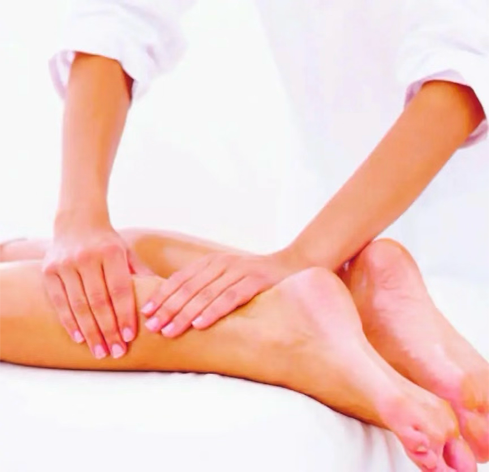Manual lymphatic drainage is a gentle, slow massage technique that helps improve lymphatic circulation and the elimination of toxins from the body.
It works completely differently from circulatory massage.
It is the great unknown of all the vascular systems in the body.
Our body has two large networks that transport fluids, namely:
- Circulatory: The heart is the pump and distributes all the blood throughout the body.
- Network of vessels carrying lymph: A clear liquid, similar to blood, composed of water, lymphocytes, and cells that protect against infections.

The lymphatic system is composed of:
- Timo: Where are the T lymphocytes located (they are the ones that destroy the cells)?
- Bazo: Blood reservoir that assists the heart.
- Tonsils: They are the first line of defense against infection.
- Vessels: They are in the lymph of the venous system.
- Lymph: It is composed of lymphocytes, waste products, water, proteins, and fats. It is a fluid very similar to blood plasma and elements that have been exchanged in the body.
- Valves; The liquid rises and does not fall.
- Lymph nodes: They have immune functions (they are the ones that reach the lymph).
They become inflamed when something goes wrong and the valves are insufficient to retain everything, and the lymph nodes are unable to drain the lymph (this produces inflammation in that limb).
Functions
- Activa el sistema inmune (es el sistema de defensa del organismo). Ej:cuando nos hacemos una herida y entran las bacterias al organismo, el sistema linfático, se pone en marcha y protege cuanto antes la infección.
- Lymph collection and transport to the circulatory system.
- Biological filter (of the elements entering from the outside).
- Drains fluids (swelling, heaviness).
- Carries and removes waste products; nutrients, minerals, waste products that we need to eliminate.
Although it has many benefits, there are also some contraindications and precautions to consider, as not everyone is suitable for this type of treatment.
Benefits
- Fluid drainage: removes excess fluid we notice in our body.
- Reduce inflammation: After the post-operative process.
- Improves the immune system: Results in fewer infections.
- Analgesic and activates the parasympathetic nervous system: Calms. Relieves pain.
- Relaxation: stress and anxiety relief.
